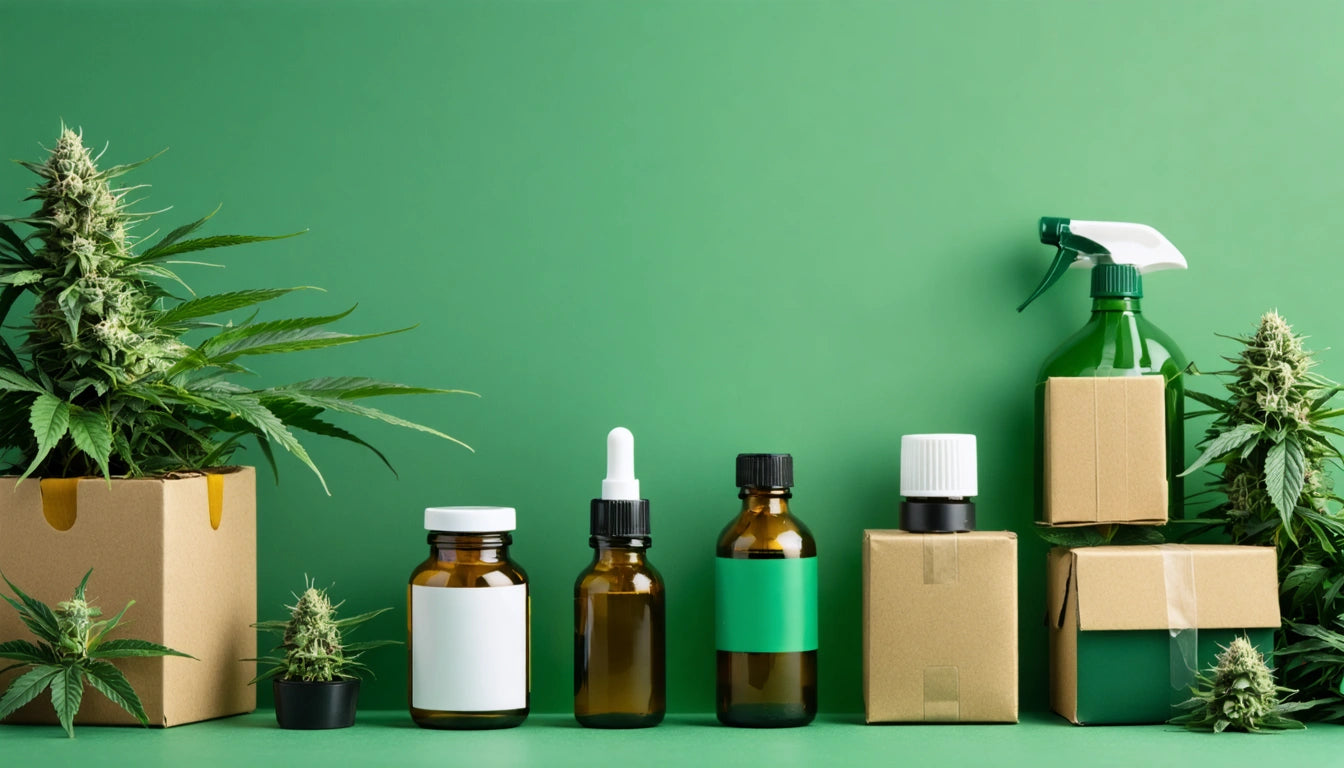Table of Contents
- Essential Compliance Standards for Cannabis Delivery Packaging
- Child-Resistant Requirements for Delivery Containers
- Labeling Regulations for Delivery Packaging
- Tamper-Evidence and Security Features
- State-by-State Variations in Delivery Packaging Rules
- Future Compliance Trends in Cannabis Delivery Packaging
Cannabis delivery services face unique packaging challenges that extend beyond standard dispensary requirements. Delivery packaging must not only maintain product integrity during transport but also satisfy complex regulatory demands that vary by state. Understanding these compliance requirements is essential for cannabis businesses to operate legally while protecting both consumers and their brand reputation.
Essential Compliance Standards for Cannabis Delivery Packaging
All cannabis delivery packaging must adhere to fundamental compliance standards regardless of location. These include child-resistance, proper labeling, tamper-evidence, and odor control. According to industry compliance guidelines, these requirements serve multiple purposes: preventing accidental consumption by minors, ensuring product authentication, and maintaining discretion during transport.
Delivery-specific regulations often add additional layers of compliance beyond what's required for in-store purchases. These may include:
- Secondary exit packaging with specific security features
- Delivery manifest documentation attached to packages
- Tracking technology integration for chain-of-custody verification
- Vehicle storage requirements that affect packaging decisions
Child-Resistant Requirements for Delivery Containers
Child-resistant packaging (CRP) remains the cornerstone of cannabis compliance across all distribution channels. For delivery services, this often means implementing multiple layers of protection. Primary product packaging must meet the CPSC's standards for child-resistance, typically through push-and-turn mechanisms, squeeze-and-pull designs, or specialized locking features.
Many delivery operations also utilize specialized packaging solutions like custom exit bags that provide an additional layer of child-resistance while offering branding opportunities. These solutions help delivery services maintain compliance while creating a cohesive brand experience from order to doorstep.
Labeling Regulations for Delivery Packaging
Proper labeling is critical for delivery packaging compliance. Required information typically includes:
- Product name and type
- Cannabinoid content (THC/CBD percentages)
- Net weight or volume
- Batch and lot numbers
- Cultivation and manufacturing dates
- Required warning statements
- QR codes or tracking identifiers
Delivery services must often include additional information specific to the transport process. As outlined in this resource on protective packaging, delivery labels may need to incorporate routing information, recipient verification details, and special handling instructions while remaining discreet to unauthorized viewers.
Tamper-Evidence and Security Features
Tamper-evident features are particularly important for delivery packaging, as products change hands multiple times before reaching the end consumer. Effective tamper-evidence mechanisms include:
- Heat-sealed bags with perforation strips
- Adhesive seals that show evidence of tampering
- Shrink bands or wraps that cannot be removed without damage
- Security tapes with void messaging when removed
These features provide visual confirmation that products have not been compromised during transit. For subscription services, subscription-friendly packaging designs must incorporate these security elements while maintaining a premium unboxing experience.
State-by-State Variations in Delivery Packaging Rules
Compliance requirements vary significantly between states, creating challenges for multi-state operators. California, for example, requires delivery packaging to be opaque and unmarked with any cannabis imagery visible from the exterior. Colorado mandates that delivery packaging include a specific "delivery" designation on manifest documentation.
Other state-specific variations include:
- Oregon: Requires delivery packages to be placed in a locked container during transport
- Nevada: Mandates GPS tracking integration with delivery packaging
- Massachusetts: Requires specific exit bag designs for delivery that differ from in-store requirements
For dispensaries managing both in-store and delivery operations, repackaging regulations provide guidance on what adjustments can legally be made to prepare products for delivery.
Future Compliance Trends in Cannabis Delivery Packaging
As cannabis delivery becomes more widespread, compliance requirements continue to evolve. Several emerging trends will shape future regulations:
- Increased integration of track-and-trace technology within packaging
- Greater emphasis on sustainable materials while maintaining compliance
- Standardization of delivery packaging requirements across multiple states
- Enhanced verification methods using QR codes and blockchain technology
Forward-thinking cannabis businesses are already implementing discreet e-commerce packaging solutions that anticipate these regulatory shifts while meeting current compliance standards. By staying ahead of compliance trends, delivery services can avoid costly repackaging efforts and potential regulatory penalties.
For cannabis businesses operating delivery services, investing in compliant packaging is not merely a regulatory obligation but a strategic business decision that protects both consumers and the company's legal standing in this rapidly evolving market.











Leave a comment
All comments are moderated before being published.
This site is protected by hCaptcha and the hCaptcha Privacy Policy and Terms of Service apply.